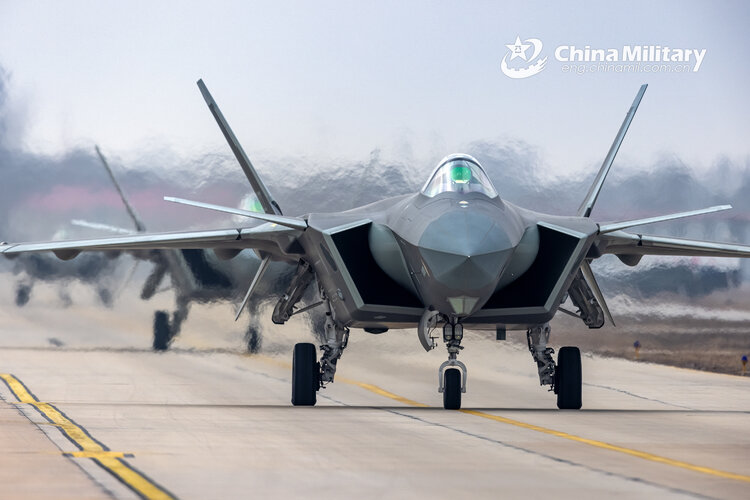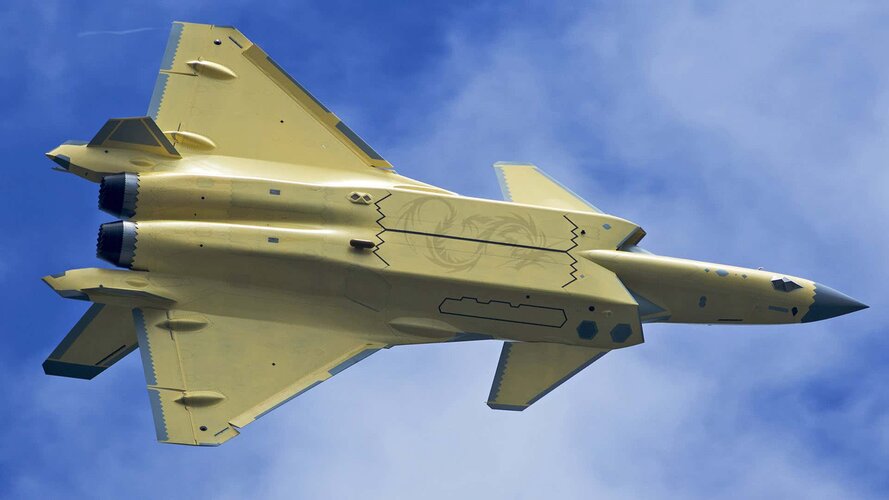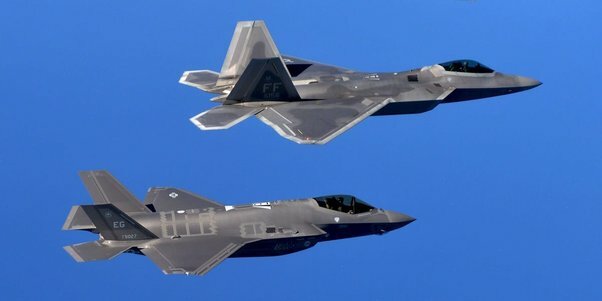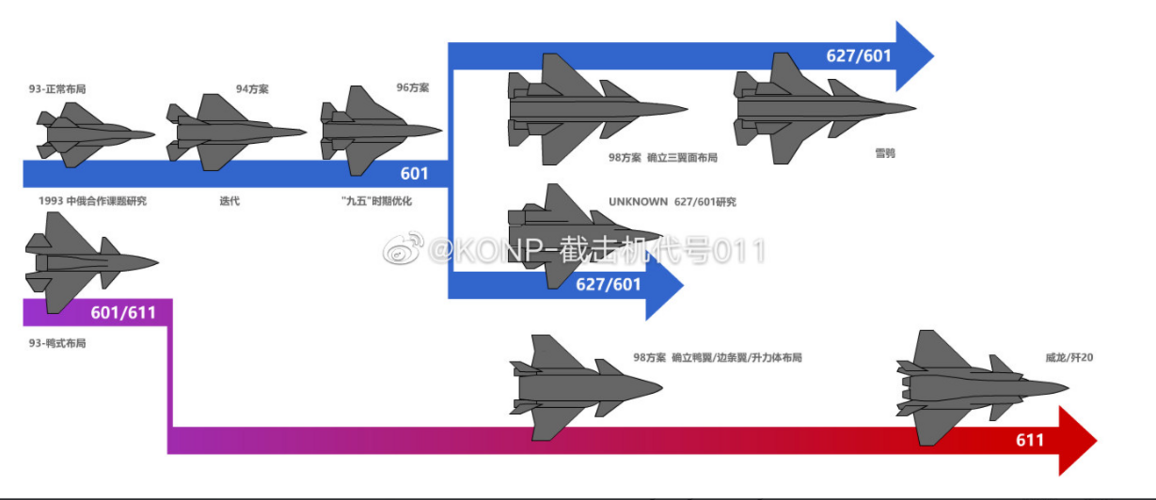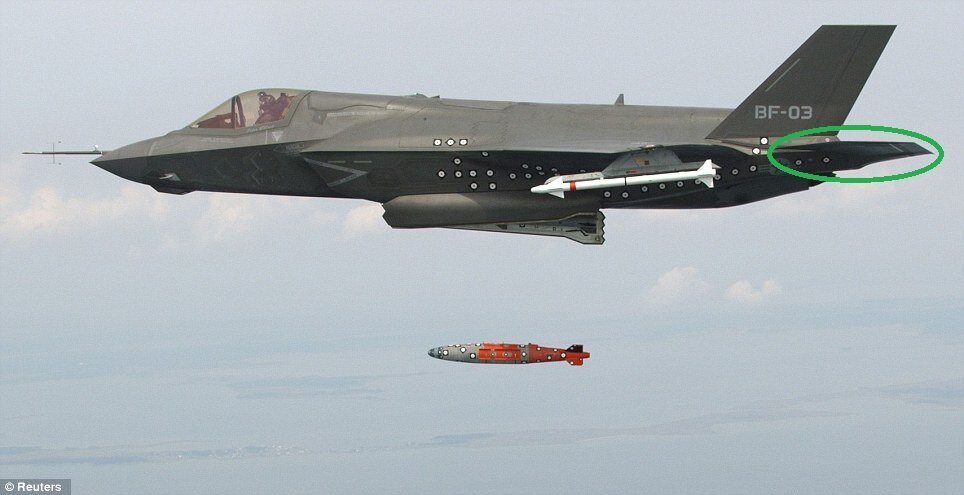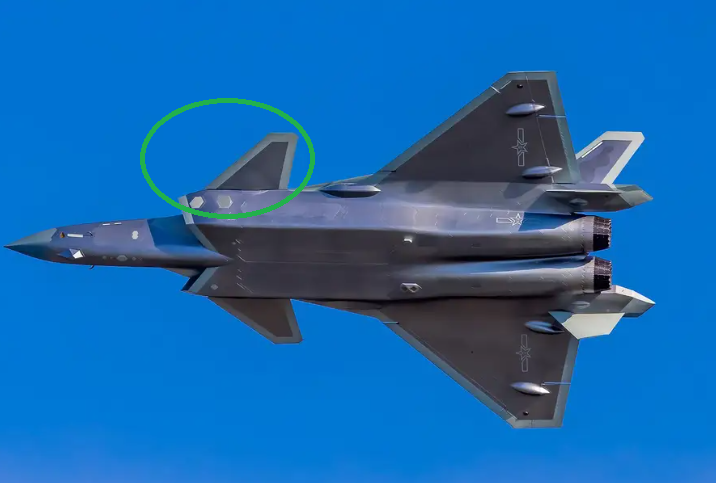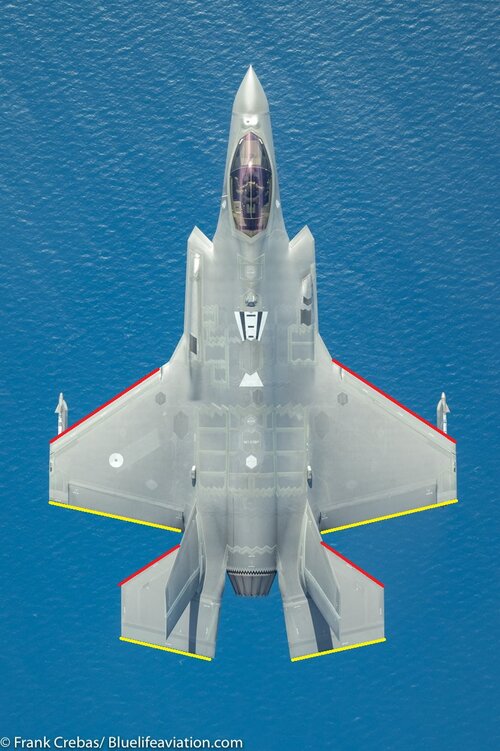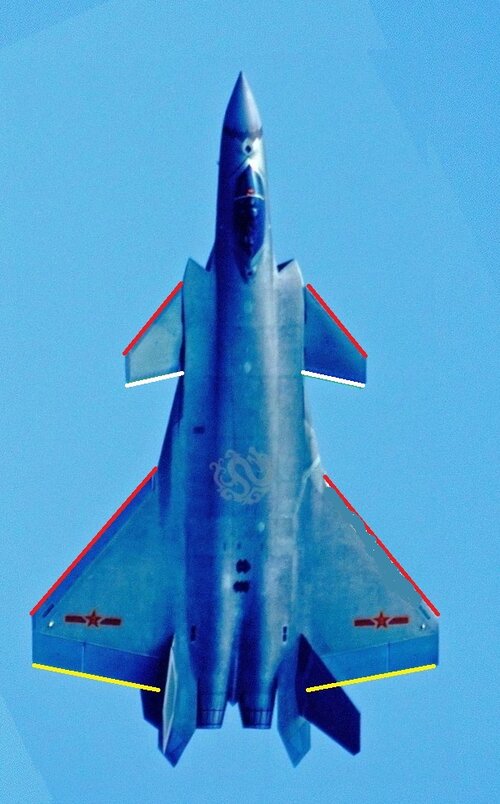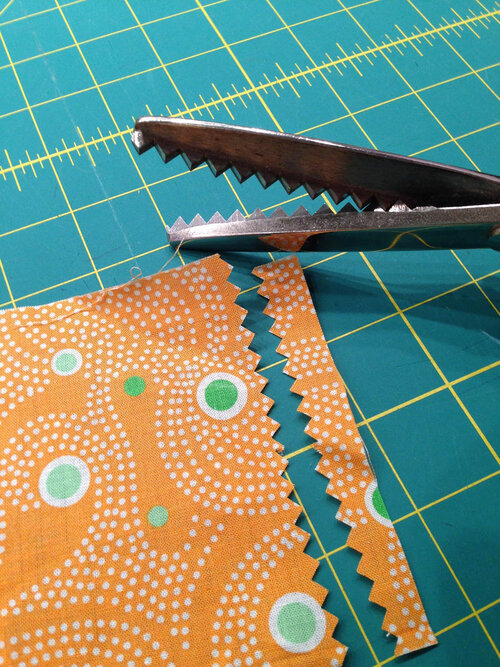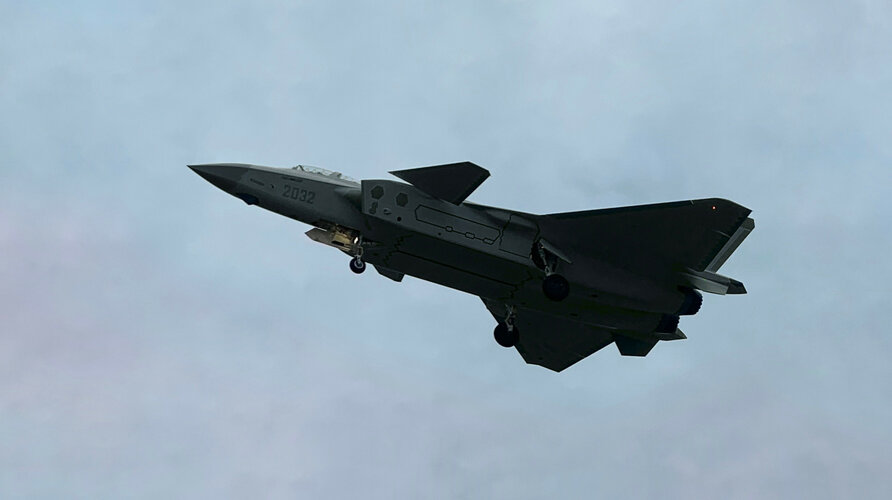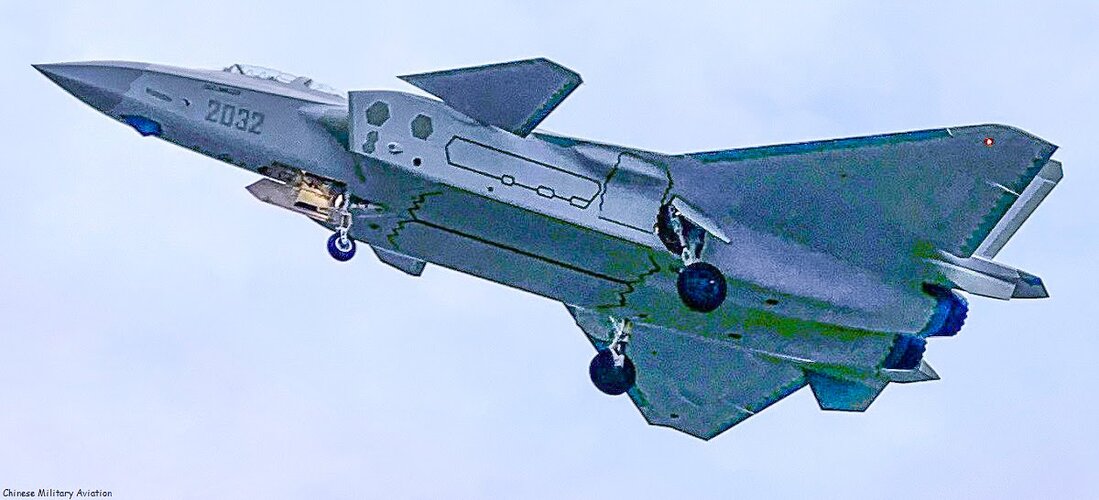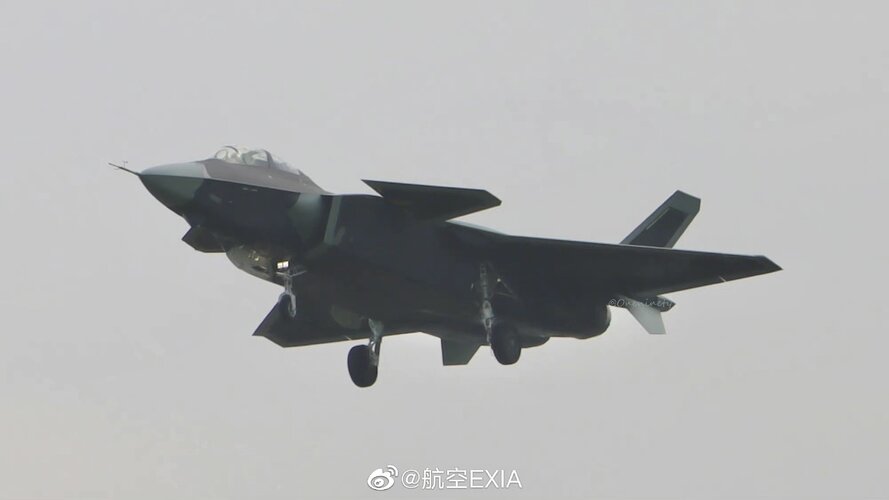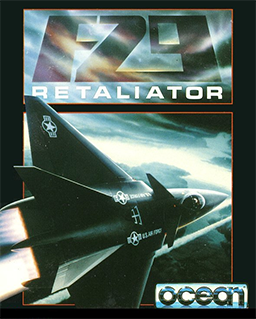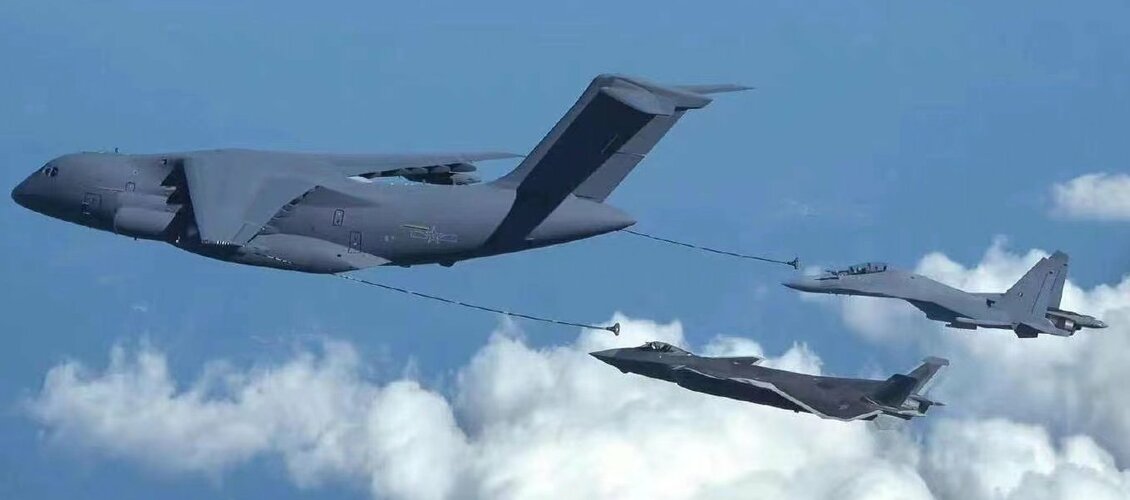- Joined
- 29 November 2010
- Messages
- 1,771
- Reaction score
- 3,467
Can we see the bloody sky in the nearly future?
F-35s have encountered J-20s over East China Sea: USAF general
A top US Air Force (USAF) general says that Lockheed Martin F-35s have had at least one encounter with Chengdu J-20s, and that the Shaanxi KJ-500 airborne early warning and control (AEW&C) aircraft has a key role in long-range air-to-air kill chains.www.flightglobal.com
First encounter between two hostile fifth gen fighter aircraft in human history.
unfortunatley its paywalled. can you tell us more about what the article said?

